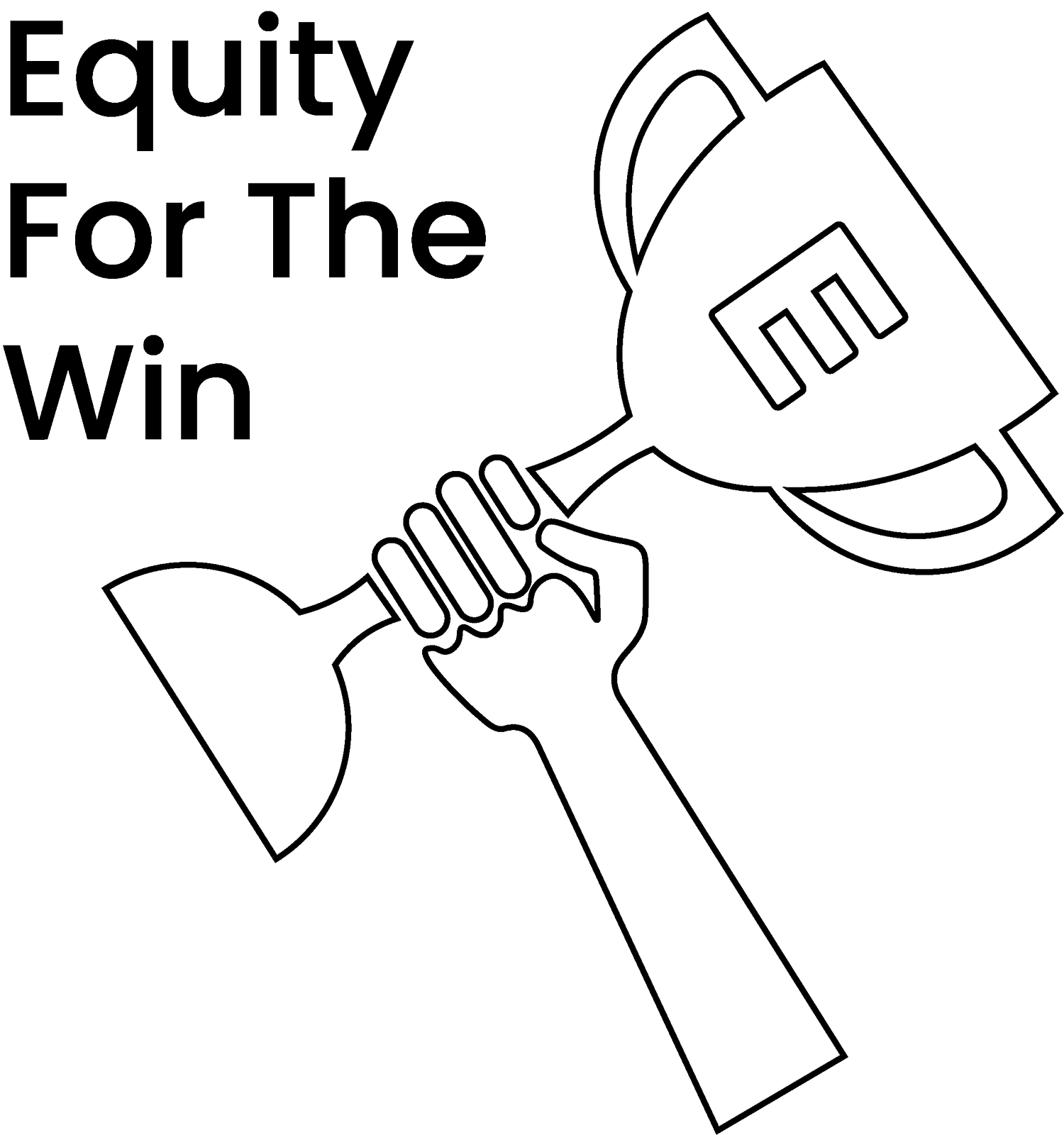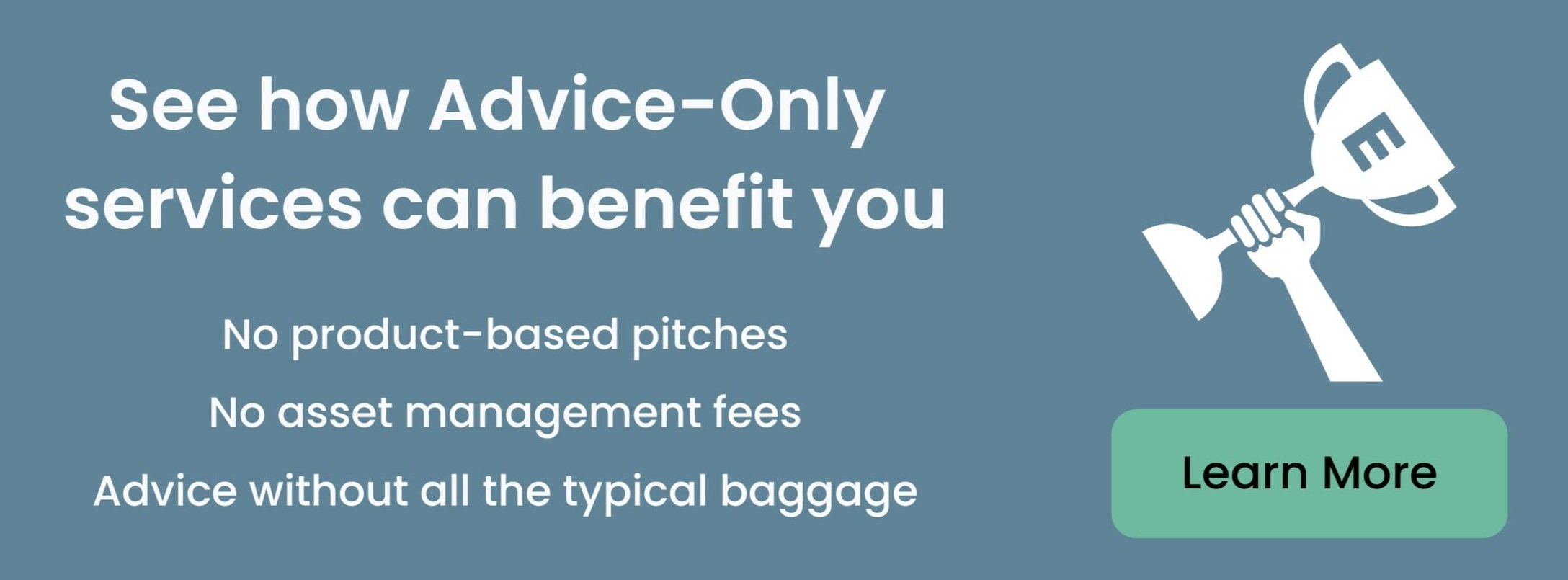Should I Max Out My ESPP?
You’ve probably heard Employee Stock Purchase Plans (ESPPs) are great, but are they worth maxing out?
This is a common question in Slack channels, on the Personal Finance Subreddit, and here at EquityFTW. In this article, we’re going to dive into why we think many ESPPs are worth maxing out if you have the financial ability to do it.
We’ll do this by going through the following:
Explore the traits of ESPPs that are worth maxing out.
Highlight examples of Adobe’s ESPP, Salesforce’s ESPP, and NVIDIA’s ESPP.
Discuss traits of ESPPs that are not worth maxing out.
Examine some personal financial considerations.
Again, if your company’s ESPP is a good one and you have the means to max out your ESPP, you probably should.
Traits of ESPPs Worth Maxing Out
Even though ESPPs seem like they’d be the same exact thing at every company, they can vary dramatically. The IRS sets the ranges of benefits companies are able to provide through an ESPP. So naturally some companies choose to offer the least beneficial ESPP possible, while others choose to offer the max benefits possible.
We won’t go into all the specifics of the limits the IRS sets, rather we’ve highlighted the key areas of ESPPs that make them worth maxing out. If you want a refresher on ESPP basics, please read the linked article.
Trait #1 - Offers a Full 15% Discount
The first trait of an ESPP you should max out is that it offers a 15% discount.
The maximum discount that ESPPs are allowed to offer is 15%. So if your company offers a max discount on shares purchased through the ESPP, the company is trying to provide a big benefit to its employees. Because of how the math works out, a 15% discount actually results in having a ~17.65% gain.
Trading windows can complicate selling immediately to lock in this gain, but if you’re able to sell shortly after purchase to lock in your gain, it’s essentially free money.
Trait #2 - Offers a Lookback
The next trait of an ESPP you should max out is that the ESPP offers a lookback.
A lookback will apply your discount to the stock price at the purchase date or to the stock price back at the beginning of the offering period - whichever is less.
This means that you can actually experience gains much greater than 17.65% if your company’s stock price rises while you’re enrolled in the ESPP.
We’ll show some examples of this in a second, but the returns can be astounding.
Trait #3 - Long Offering Periods With Lookback
The next trait of an ESPP you should max out is it has a long offering period in addition to a lookback.
Offering periods can technically go all the way up to 27 months, but the longest we’ve seen at a company is 24 months. Long offering periods are beneficial because they provide more time for your company’s stock to increase. Combine this length of time with a lookback, and you can end up purchasing discounted company stock based on a price from two years ago!
A 15% discount, plus lookback, plus long offering period is the recipe for an outstanding ESPP that you should be maxing out.
Examples of ESPPs Worth Maxing Out
Now that you’re familiar with some of the key traits that make ESPPs worth maxing out, let’s look at a few examples of real ESPPs. We’ll start with Apple’s ESPP, Adobe’s ESPP, and Salesforce’s ESPP.
Here’s an overview of all three companies and the three traits we discussed in the section above:
As you can see, all of these companies offer a 15% discount and a lookback but each of them differs in the length of the offering period.
Let’s take a look at each company’s ESPP performance over the last year and two years. As you go through the following tables, try to find the pre-discount price, the discounted price, and when each offering period is happening.
Apple’s ESPP’s 1 and 2 Year Performance
As you can see, Apple has short offering periods, which constantly leads to new prices being used to purchase shares. It’s still a really beneficial because even though the offering period is short, the discount plus the looback enable employees to purchase Apple shares for much cheaper than market prices.
Salesforce’s ESPP’s 1 and 2 Year Performance
In the two images above, you can see that there were two offering periods. This makes it a little more difficult to track the price used for the ESPP purchases because the price fluctuated so much and an offering period reset kicked in. Regardless, the long offering periods, plus the discount, plus the discount added up for some significant gains.
Adobe’s ESPP’s 1 and 2 Year Performance
As you can see from all of these examples, ESPP participants saw huge gains from participating in their companies’ respective ESPPs.
There’s no guarantee that you’ll see 40% returns, but so long as you sell your ESPP shares soon after purchase, you’ll be able to lock in the discount you received - and potentially much more!
Traits of ESPPs That Might Not be Worth Maxing Out
Now that we’ve seen traits and examples of ESPPs that are worth maxing out, let’s go over some traits of ESPPs that you might not want to max out. And to be clear, just because your ESPP might not be the best doesn’t mean it shouldn’t be utilized.
Trait #1 - Holding Period Requirements
The first trait of an ESPP that might not be worth maxing out is if the company requires you to hold your ESPP shares for some length of time before you can sell. We’re not totally sure why companies attach this sort of requirement to their ESPP, but it’s not beneficial to employees.
This holding period is something separate from the holding period requirements for ESPP qualifying dispositions. When companies do this, it’s solely a requirement that forces you to postpone selling.
Dollar Tree requires its ESPP participants to hold ESPP shares for a year and it severely diminishes the benefit the ESPP provides to employees.
Trait #2 - Small ESPP Discount
The second trait of an ESPP that might not be worth maxing out is if a small discount is offered. If only a 5% discount is being offered through an ESPP, it’s less advantageous to set cash aside while you wait to make a purchase.
As the discount lessens, the odds of your money being better off invested somewhere else increases.
Trait #3 - No Lookback
The next trait of an ESPP that might not be worth maxing out is if the ESPP doesn’t offer a lookback. This isn’t a dealbreaker, but if there isn’t a lookback, the gains you can experience per offering period are limited to the discount.
If a company offers a 15% discount with no lookback, the 15% discount is still probably going to be worth it. It’s disappointing in comparison to some other ESPPs out there, but it’d still be a great financial tool to use.
Trait #4 - Short Offering Period
The next trait of an ESPP you might not want to max out is if the company has short offering periods. This one also isn’t a deal-breaker, but as you saw from the examples, long lookbacks can supercharge your gains in an ESPP.
With short offering periods, it’s less time you’ll have for the company’s stock to appreciate, but that still isn’t a big deal if other perks of an ESPP are there.
Personal Financial Considerations for Maxing Out ESPP
In a previous article, we discuss some of the things you should consider when deciding how much to contribute to your ESPP and in that article we also examine several scenarios in which you may or may not want to participate in your ESPP.
There are numerous things to consider, but the main issues that can impact your ability to max out your ESPP are:
If you have credit card debt
If you have other debts
If you have no emergency fund
If you can’t afford to set aside extra money from your paycheck
If you can be diligent enough to sell shares afterwards
There are some newer start-ups like Lendtable and Benny that help employees max out their ESPPs. In order to provide that help, they will take a slice of your gains when you eventually sell, but if that assistance allows you to fully participate in your company’s ESPP (as opposed to not participating at all), we think it’s beneficial.
One of the biggest personal considerations is whether or not you’ll be diligent in actually doing something with the shares you purchase from the ESPP. It’s easy to set money aside and accumulate shares; it’s harder to figure out what you should actually do with those shares. Our article on When to Sell ESPP Shares provides our thoughts on this. In any case, you’ll want to make sure that you have a solid plan in place.
Final Thoughts on “Should I Max Out My ESPP?”
If you have access to what we consider a “Good ESPP,” you should try to find a way to max it out. The financial benefits from maxing out your ESPP can be massive. Even if you just sell all your shares as soon as you’re able, you’ll be able to lock in your discount and that’s still a great financial benefit.
If you have any questions about your specific ESPP you’re welcome to shoot us a note at team@equityftw.com.









